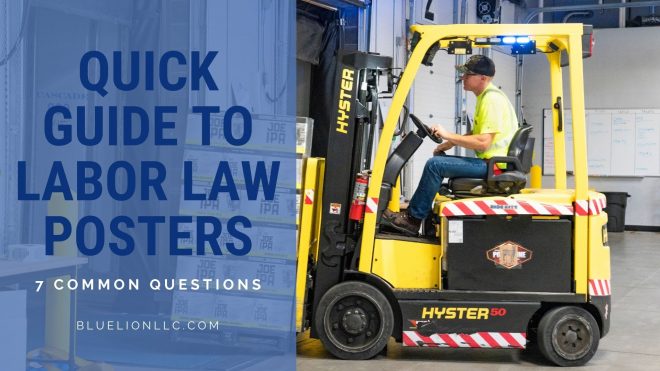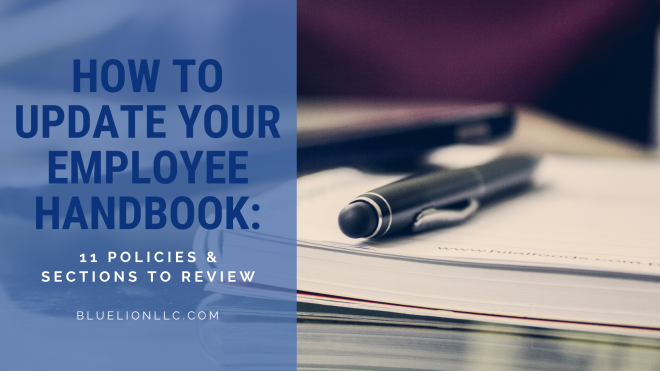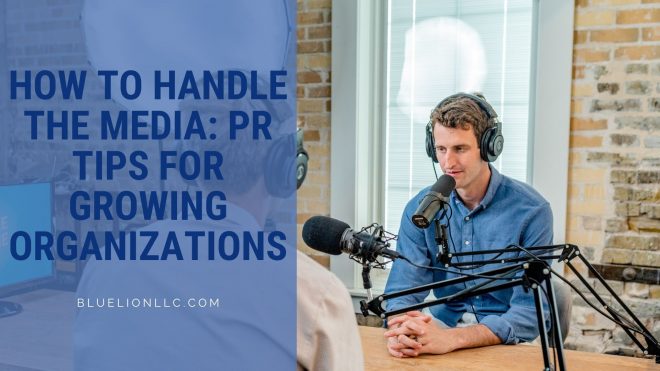
What exactly is a moonlighting policy, and how do you know if your company needs one? Whether you are about to hire your first employee or have a rapidly growing team, many organizations have this critical concern.
A moonlighting policy, also known as an outside employment policy, establishes company guidelines on employees obtaining outside employment which may interfere with their primary job responsibilities.
Employees with external jobs can negatively impact your business in several ways, including:
- Scheduling availability
- Work productivity and performance
- Professional behavior
- Conflict of interest
An outside employment policy can protect your business from any employee who maintains another job that could cause these types of disruptions. It allows you and the employee to come to an agreement while setting boundaries and the ability for you to enforce them if necessary.
There is a lot to consider when implementing an outside employment policy, so keep reading for:
- Best practices
- What to include in your policy
- Legal implications
Best Practices for Developing a Moonlighting Policy
Follow these guidelines to ensure your policy is focused, comprehensive, and empathetic.
Stick to the Employee’s Job
When creating a moonlighting policy, do not regulate what employees can and cannot do outside of your workplace or working hours. These overly restrictive practices rarely work and will not hold up legally.
Instead, outline your expectations for a successful working relationship. These might include being punctual and reliable for their work schedule, performance expectations, and a professional attitude, just to name a few.
Make It Fair and Ethical
Keep in mind that many workers who have more than one job are those with lower incomes. Make sure your moonlighting policy doesn’t negatively impact those people.
Choose to give them options that help with their personal lives while protecting your company. For example, offer flexible or consistent schedules so employees can manage their work for you along with outside employment and responsibilities.
Address Safety Concerns
Let employees know that you care about their safety. Those working multiple jobs could become overtired, stressed, distracted, and burnt out, resulting in accidents and injuries. And, of course, no employer wants more workers’ compensation claims, either.
Announce the Policy Upfront
Communicate your outside employment agreement during the hiring process. New employee orientation is the best time to review these types of policies and agreements, all of which should be in your employee handbook. Include a signature line in the handbook that the employee signs to acknowledge they’ve read and understood all company policies.
What to Include in Your Outside Employment Policy
Include these clauses to ensure your policy thoroughly protects your company.
General Hindrance
A general hindrance clause states that employees may not engage in outside employment or business that disrupts their performance at your company. Make it clear that you expect them to treat their position with your business as the primary job.
Conflict of Interest
Include a conflict of interest clause to ensure your employees don’t work for your competitors while they work for you. Specify what you define as a conflict of interest. For example, employees cannot use or share your company’s confidential information, techniques, policy, programs, etc. You can also address these concerns in detail with a non-compete agreement.
Additionally, explain your right of refusal. While you should not (and in some states, legally cannot) prohibit employees from having a second job, you can deny them from working for parties like your competitors, vendors, suppliers, and specific clients.
Require Approval of Employment
Many employers include a statement requiring employees to get approval for outside employment. This allows them to verify that the employee’s other job will not interfere with their primary job duties. Again, be sure this rule is not too restrictive and apply it equally to all employees.
Use of Company Resources
Finally, be sure to state that employees should not use company resources for outside employment. This means they should not be doing work for another company in your workplace or on your time.
Legal Implications
Be aware of both federal and state laws that could impact your moonlighting policy. Most importantly, do not prohibit employees from outside employment completely. This restriction can never be fully enforced and, in some states, is not even legal.
Employers may have the right to terminate employment if the employee is causing harm to the company, performing their job duties inadequately, and/or behaving unprofessionally. A well-written policy will communicate these expectations and protect your organization in this situation.
Employers also have the right to inquire about an employee’s outside work to verify that there will be no confidentiality issues or conflicts of interest. The following questions are generally legal for you to ask:
- External employer’s name and active DBAs
- Employer address
- General description of working relationship (scheduling, work frequency, etc.)
- Type of work the employee is performing
- Licenses or certifications that are required or preferred (avoid paying for items that the employee is financially benefiting from them elsewhere)
As long as you include the above elements and considerations in your moonlighting policy, it can play an essential role in protecting your organization. If you don’t already have an outside employment policy in place, or you know it’s time to have your existing agreement reviewed by experts, we can help! Contact BlueLion today at 603-818-4131 or info@bluelionllc.com for assistance with policy development or updates.
The information on this website, including its newsletters, is not, nor is it intended to be legal advice. You should contact an attorney or HR specialist for advice on your individual situation.












